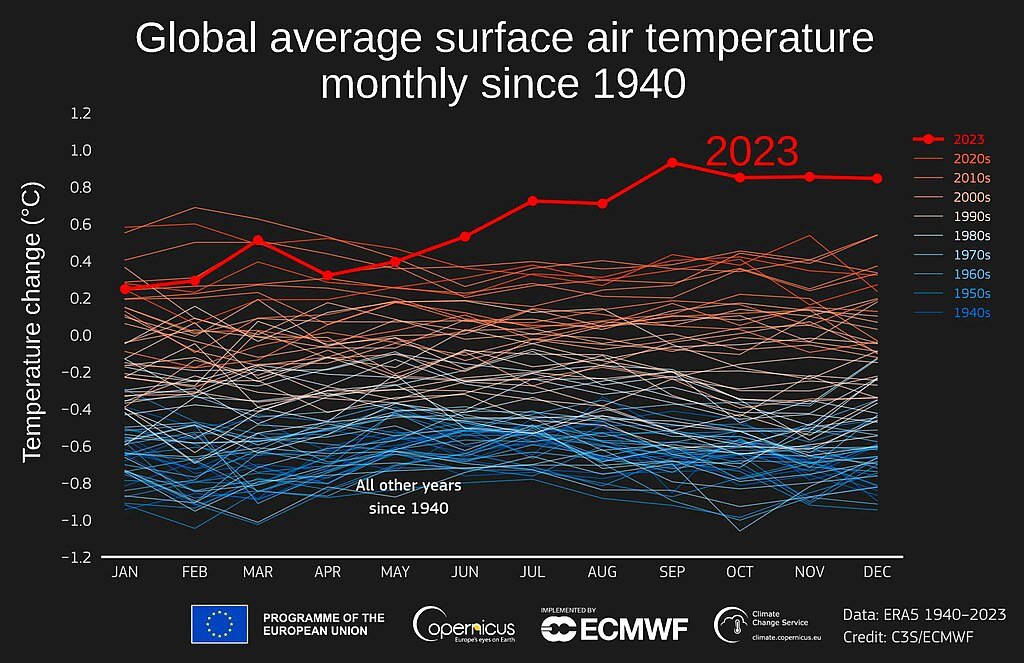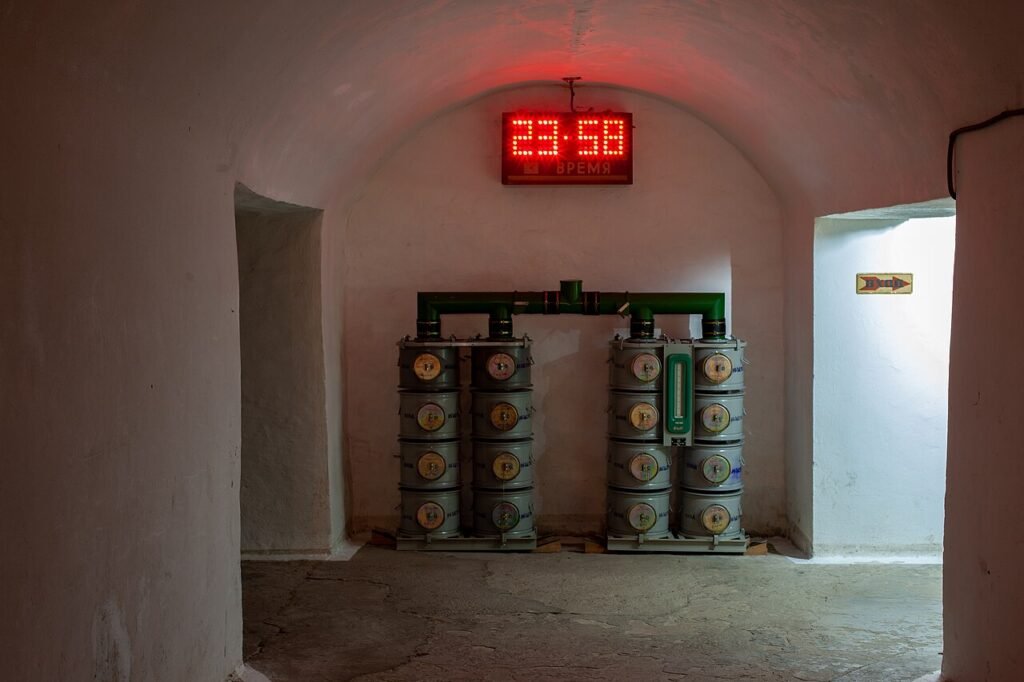Every year, the Bulletin of the Atomic Scientists resets the Doomsday Clock—a stark, metaphorical measure of humanity’s proximity to self-destruction. At its conception in 1947, it was set at 7 minutes to midnight. Seventy-six years later, in 2023, it had run down to a mere 90 seconds left. Now, it has moved forward yet again: 89 seconds to midnight.
This ominous shift serves as an urgent wake-up call. The Doomsday Clock, originally conceived in 1947 by scientists affiliated with the Manhattan Project, began as a symbol of nuclear threat. Over the decades, its scope has expanded to include climate change, biological risks, artificial intelligence, and the fragility of our global information ecosystem. Today, it warns of a world teetering on the brink of multiple, interwoven crises.
The Worsening Nuclear Threat

The specter of nuclear war looms larger than it has in decades. The war in Ukraine continues to raise concerns about nuclear escalation, as threats of nuclear use have become dangerously normalized in political rhetoric. Meanwhile, nuclear powers, including the U.S., Russia, China, North Korea, and Pakistan, are investing heavily in modernizing their arsenals. Arms control agreements are eroding—the New START treaty between the U.S. and Russia is set to expire in 2026, with no new negotiations in sight.
For years, the world relied on an unspoken taboo against the use of nuclear weapons. But that taboo is weakening. The Nobel Peace Prize was recently awarded to a Japanese organization of survivors from Hiroshima and Nagasaki, recognizing their 70-year struggle to remind the world of nuclear devastation. Their warnings must not be ignored.
Climate Change: An Accelerating Emergency

If the nuclear threat represents an immediate flashpoint, climate change is the slow-motion catastrophe engulfing the world. 2023 was the hottest year on record, and 2024 surpassed it. Rising sea levels, extreme weather events, and environmental disasters continue to intensify, and despite increasing investments in renewable energy, it is simply not enough. Humanity is failing to meet the urgency of the crisis.
Global leaders continue to falter on climate commitments. The Paris Agreement, a vital international accord aimed at curbing emissions, faces setbacks as some governments retreat from their pledges. With each year that passes, inaction compounds the damage, pushing the planet closer to irreversible tipping points.
Biological Threats: A Forgotten Vulnerability

The scars of the COVID-19 pandemic remain fresh, yet the global public health system remains weakened. The pandemic revealed deep vulnerabilities in how nations respond to biological threats, and new dangers are emerging. Highly pathogenic avian influenza has begun spreading to farm animals and even mammals, raising concerns that another pandemic could be imminent.
Meanwhile, high-containment laboratories studying dangerous pathogens continue to proliferate, and some experts warn of the dual-use risks associated with biotechnological advancements. The world is woefully unprepared for another pandemic, even as the conditions for one continue to materialize.
Artificial Intelligence and the Disinformation Crisis

Technological progress has always been a double-edged sword, and artificial intelligence is no exception. The rise of generative AI has amplified global competition, with China, Russia, and the U.S. racing to develop ever-more powerful systems. But these advancements also bring new dangers—AI-driven warfare, deepfake misinformation, and cyber-enabled political manipulation threaten global stability.
More than ever, truth itself is under attack. Disinformation, amplified by AI-generated content, erodes trust in institutions, undermines science, and distorts reality. In a world where fact and fiction blur, how can societies unite to address existential threats?
Where Do We Go From Here?

The Doomsday Clock’s movement to 89 seconds to midnight is not just a warning—it is a call to action. Hope is not a strategy; decisive action is needed to turn back the hands of the clock. Global leaders must:
Revive arms control negotiations and prevent the normalization of nuclear threats. Accelerate the transition to renewable energy and strengthen global climate commitments. Rebuild public health infrastructure and enhance pandemic preparedness. Establish international AI regulations to curb its misuse and prevent escalation of technological arms races. Combat misinformation by fostering media literacy and holding bad actors accountable.
Nobel Peace prizewinner, Nelson Mandela, perhaps put it best: “The most powerful weapon in the world is to sit down and talk.” As we edge closer to midnight, dialogue, cooperation, and bold leadership are our only hopes of pulling back from the brink. The hands of the clock must move backward, not forward. Time is running out.
Source: 2025 Doomsday Clock Announcement

Jan loves Wildlife and Animals and is one of the founders of Animals Around The Globe. He holds an MSc in Finance & Economics and is a passionate PADI Open Water Diver. His favorite animals are Mountain Gorillas, Tigers, and Great White Sharks. He lived in South Africa, Germany, the USA, Ireland, Italy, China, and Australia. Before AATG, Jan worked for Google, Axel Springer, BMW and others.




